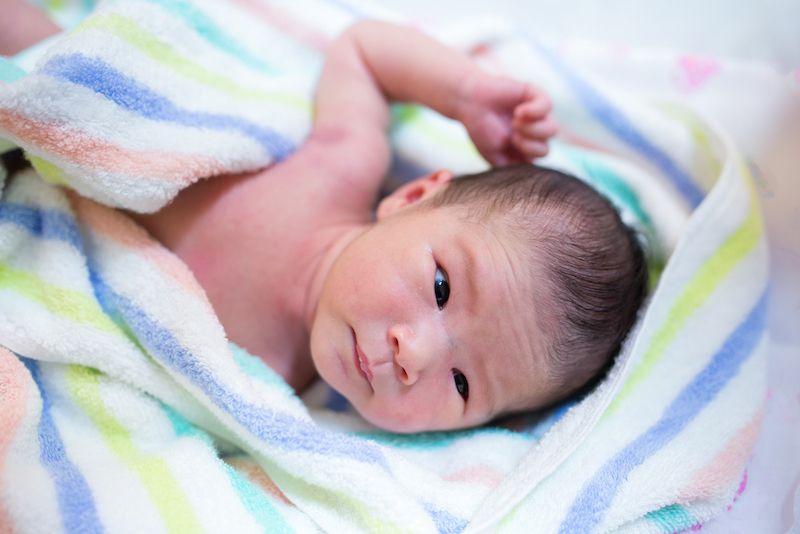Safe Sleeping Is Just 1 Part of Preventing SIDS

A safe sleeping environment is crucial for preventing sudden infant death syndrome (SIDS), but it is not the only factor that determines the risk of the syndrome in babies, according to a new study.
The rates of SIDS in the United States have decreased dramatically since 1992, when the American Academy of Pediatrics first recommended placing babies on their backs to sleep, instead of on their tummies, and since the importance of reducing suffocation hazards, such as soft bedding in cribs, has been recognized, the researchers said. But in some cases, parents can do everything right when putting a baby to bed, and babies still die from SIDS.
"I work with a lot of parents whose children have died from SIDS, and the general climate is one where, because of the success of controlling the sleep environment, the parents often feel that they are responsible for the deaths of their children," said study author Dr. Richard Goldstein, of Dana-Farber/Boston Children's Cancer and Blood Disorders Center. "And while it is certainly the case that it is important to put your child in the safest environment possible, and that approach has had a real impact on mortality, the overall idea — the basic theory of what happens with SIDS — is a little more complicated than that."
According to this basic theory outlined in the new study, there are three major elements that contribute to infants' overall risk of SIDS. First, some infants may have an intrinsic predisposition to SIDS, the researchers said. Second, infants who die of SIDS tend to be in a critical period of development, with those younger than six months being at the greatest risk of SIDS. The third element that contributes to the overall risk of SIDS in infants is their sleeping environment, including the position in which they sleep and the type of bedding in the crib. [7 Baby Myths Debunked]
The intrinsic risk is thought to involve genetic, developmental and environmental factors, the researchers said. For example, research has shown that boys and preterm babies are more susceptible to SIDS. Babies whose mothers smoked or drank alcohol during pregnancy have also been shown to have an increased risk of SIDS, the researchers said. And babies that have been breast-fed seem to be less susceptible to SIDS, according to the study, published today (Dec. 2) in the journal Pediatrics.
When the researchers looked at rates of SIDS between 1983 and 2012, they found that, between 1992 and 1996 — right around the time when the AAP began recommending against placing babies to sleep in chest-down positions — a sharp, 38-percent decrease in SIDS occurred in the United States.
The efforts to make infants' sleeping environments safer were critical in making this reduction. However, other factors that might affect a child's intrinsic risk of SIDS were also involved in making this reduction, the researchers said. For example, a decrease in rates of smoking during pregnancy, an increased rate of breast-feeding and increased access to prenatal care all likely helped, and these factors will remain significant in continuing to lower SIDS rates, the researchers said.
Sign up for the Live Science daily newsletter now
Get the world’s most fascinating discoveries delivered straight to your inbox.
The new study shows that "If we are to further impact infant mortality rates and eliminate SIDS, focus on the sleep environment will continue to be important, but will likely be insufficient," Dr. Rachel Moon and Dr. Fern Hauck, both at the University of Virginia in Charlottesville, who were not involved in the new study, wrote in a related editorial also published in the journal.
"Public health efforts will need to also focus on decreasing intrinsic risk through the promotion of smoking cessation, elimination of in utero drug and alcohol exposure, and increasing rates of breast-feeding and access to high-quality prenatal care," Moon and Hauck wrote.
Follow Agata Blaszczak-Boxe on Twitter. Follow Live Science @livescience, Facebook & Google+. Originally published on Live Science.
Most Popular

